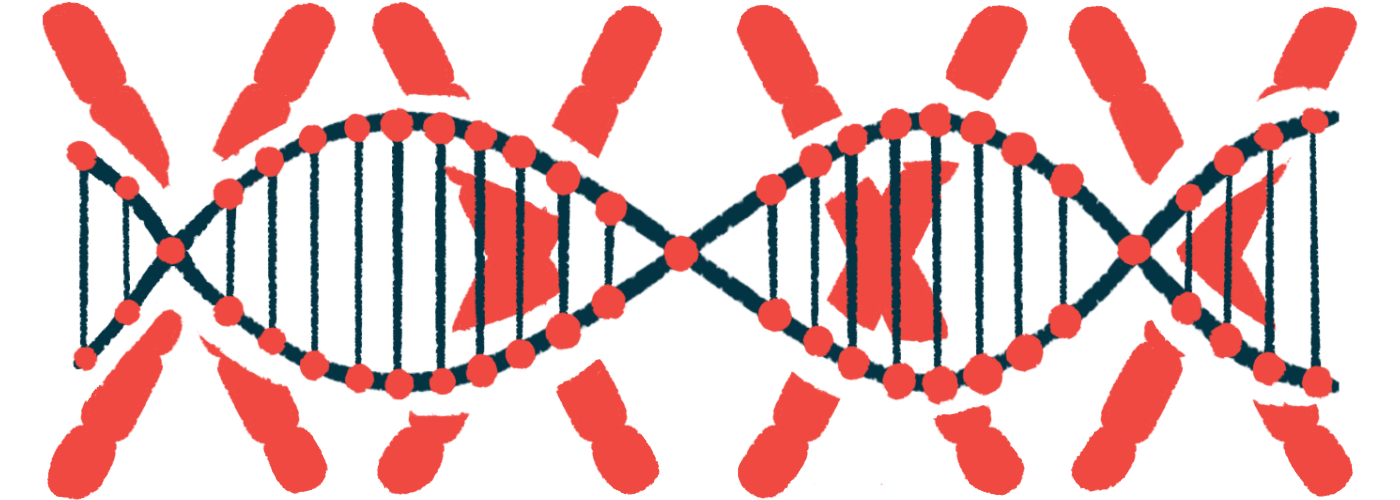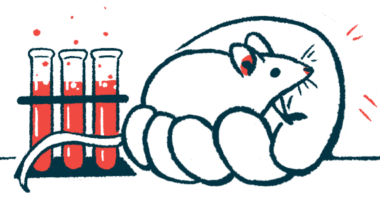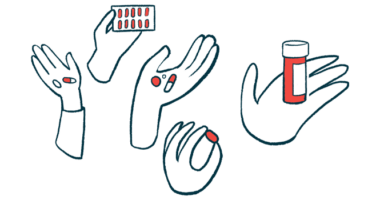CureDuchenne invests in new redosable DMD gene therapy
Process under development seeks to overcome drawbacks of existing therapies

CureDuchenne is investing $1 million in Entos Pharmaceuticals to support the development of a new gene therapy for Duchenne muscular dystrophy (DMD) that aims to overcome the limitations of existing gene therapies.
“This investment underscores our continued use of venture philanthropy to catalyze progress [toward] transformative treatments for Duchenne,” Debra Miller, founder and CEO of CureDuchenne, said in a press release. “We extend our heartfelt gratitude to our donors and the Duchenne community — your support has made this investment possible and continues to drive progress toward a cure.”
DMD is caused by mutations in the gene DMD, which provides instructions to make dystrophin, a protein that helps maintain muscle health. Due to these mutations, people with DMD produce virtually no functional dystrophin protein, which leads to the muscle weakness and wasting that characterize the disease.
The basic idea behind gene therapy for DMD is to deliver to muscle cells a healthy gene that allows these cells to produce functional dystrophin protein, thereby slowing or stopping disease progression. Elevidys (delandistrogene moxeparvovec-rokl), a DMD gene therapy developed by Sarepta Therapeutics, is approved in the U.S. for some patients. Other DMD gene therapies are in clinical development.
Elevidys and most experimental gene therapies work using a viral vector, which is essentially a virus that’s been engineered to deliver a therapeutic gene instead of causing an infection.
However, using viral vectors for DMD gene therapy has notable drawbacks. For one thing, the DMD gene is the largest known human gene. As such, Elevidys and other experimental DMD gene therapies generally use a modified version of the gene designed to encode a shortened version of dystrophin protein.
New DMD gene therapy would deliver full-size gene
Another drawback of using viral vectors is that such gene therapies can generally only be given one time — after that, the patient will develop antibodies against the vector. Some people have preexisting antibodies against the viruses used to make gene therapy vectors, which can render them ineligible for this type of gene therapy.
Given that Fusogenix PLV-based treatments can be given more than once, if needed, this could be a real game-changer.
With the new funding, Entos will be working to develop a new DMD gene therapy that delivers the full-sized DMD gene and can be dosed more than once, overcoming these limitations.
“We are very excited by the potential of Entos Pharmaceuticals’ technology and look forward to collaborating with Entos in pursuit of a gene therapy that overcomes the limitations of current [viral vector]-based approaches — one that would not exclude individuals with preexisting immunity, allow for redosing, and, crucially, deliver full-length dystrophin to all of the necessary muscle tissues,” Miller said.
Entos’ Fusogenix PLV platform essentially works by packaging therapeutic genes into specialized membranes that can fuse with the membranes of the body’s cells, delivering the therapeutic gene into the cell in the process.
“The Fusogenix PLV platform enables the safe, effective, and redosable delivery of full-length functional genes, like dystrophin, to muscle cells throughout the body. Given that Fusogenix PLV-based treatments can be given more than once, if needed, this could be a real game-changer,” said John Lewis, PhD, CEO of Entos. “We’re hopeful this approach will make a real difference for people with Duchenne muscular dystrophy and their families.”







